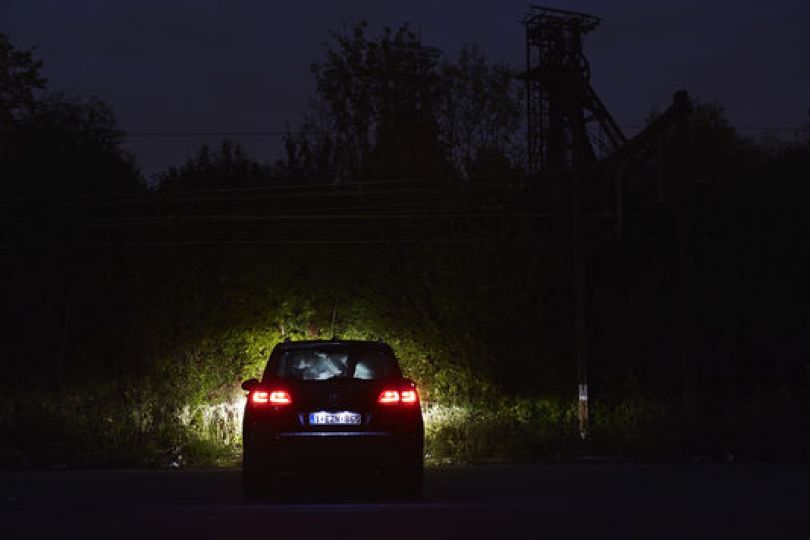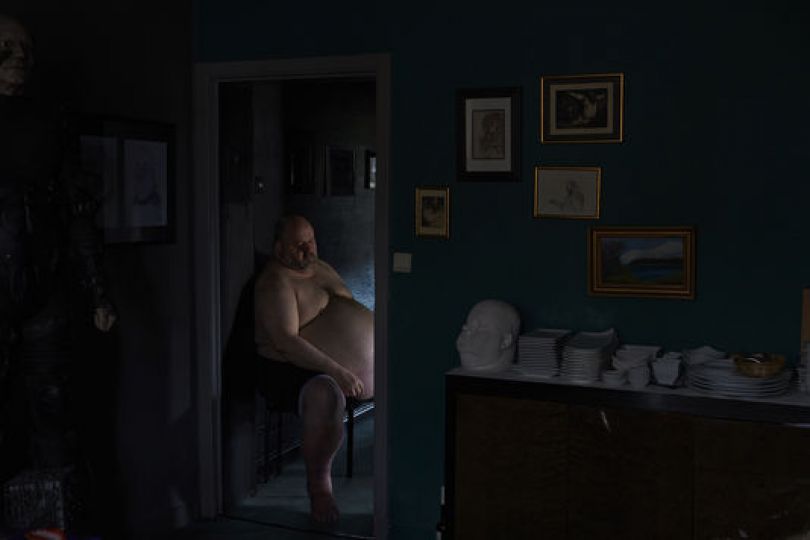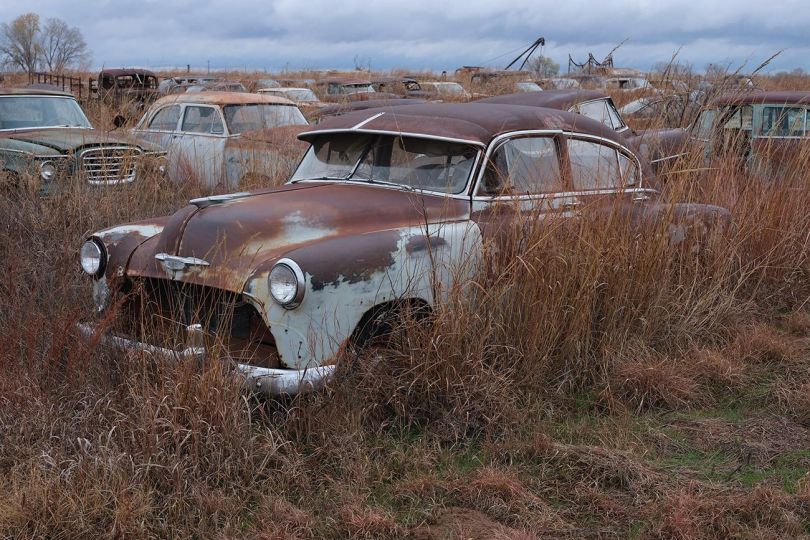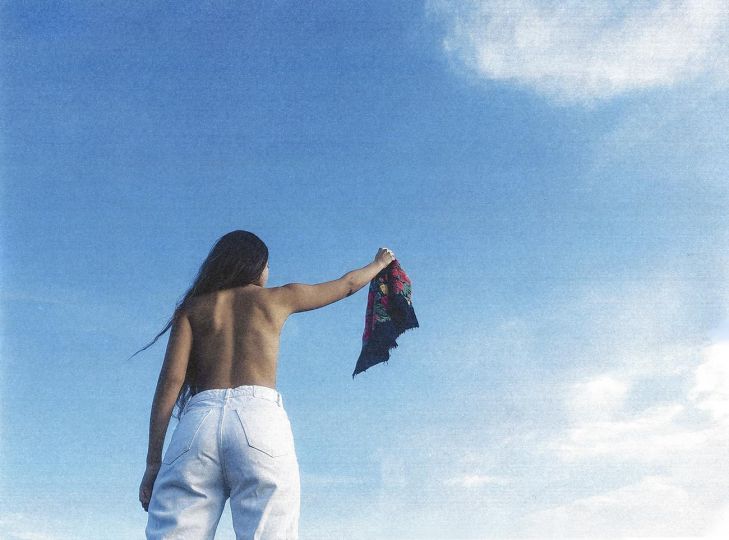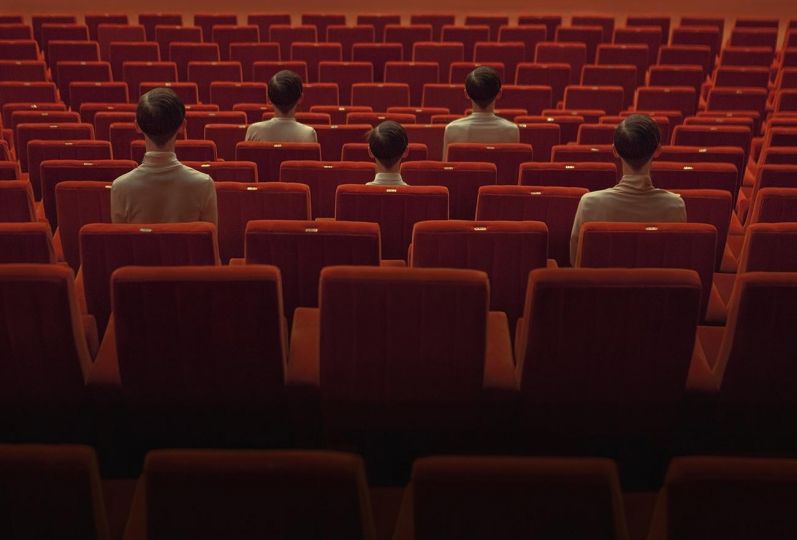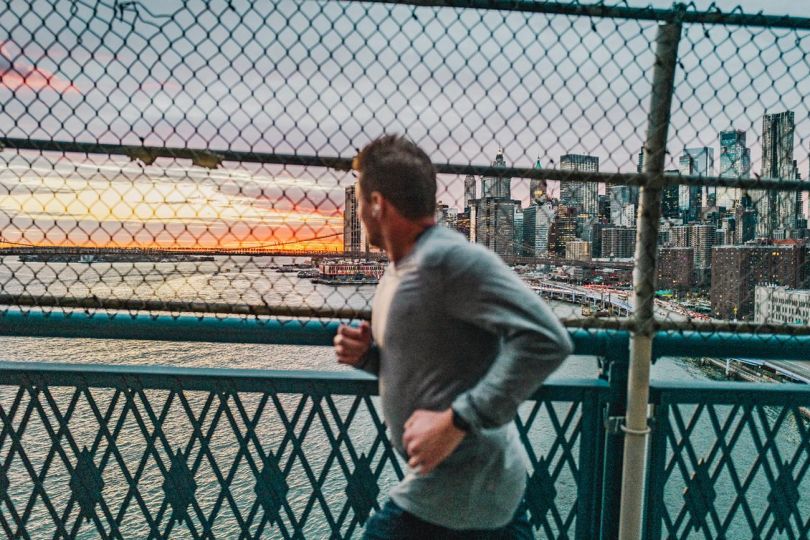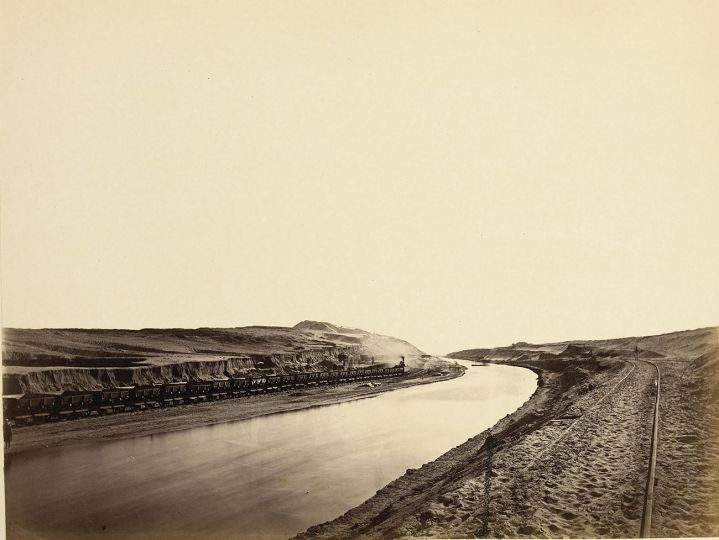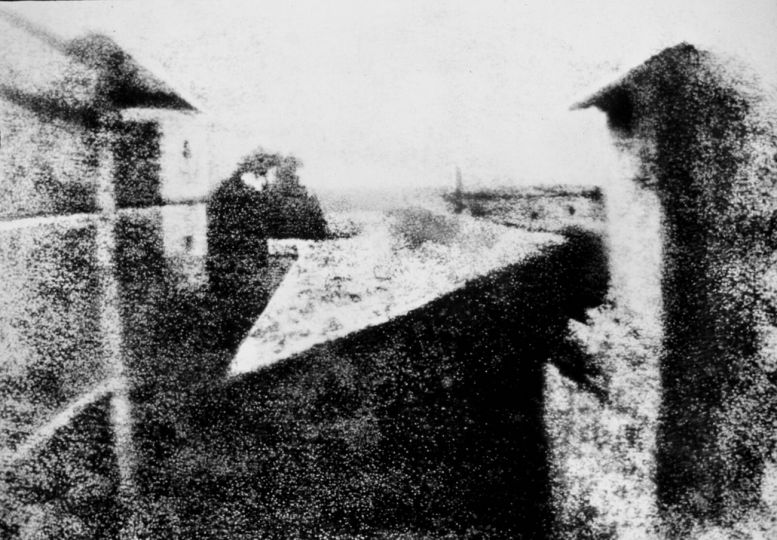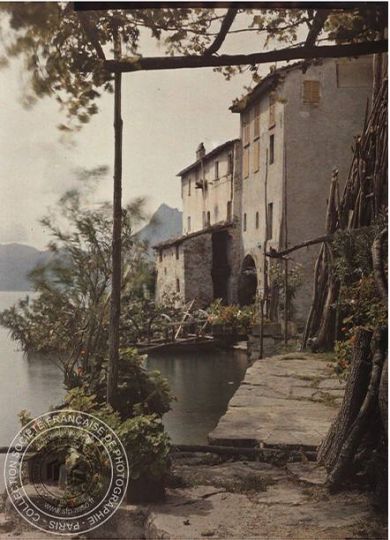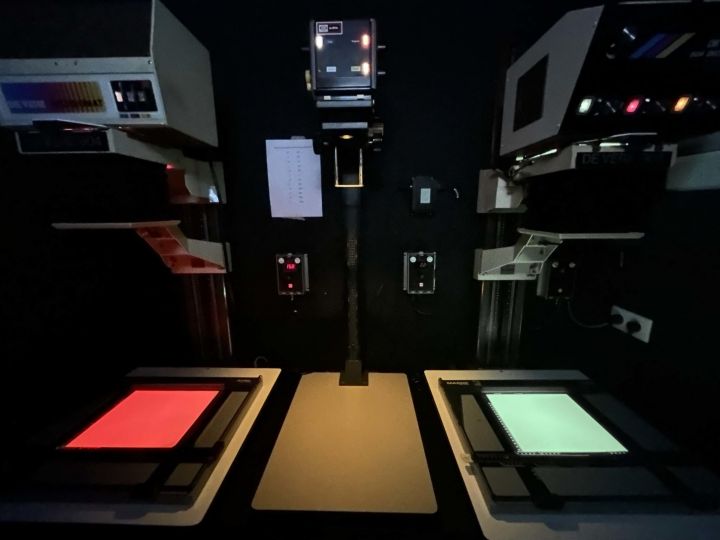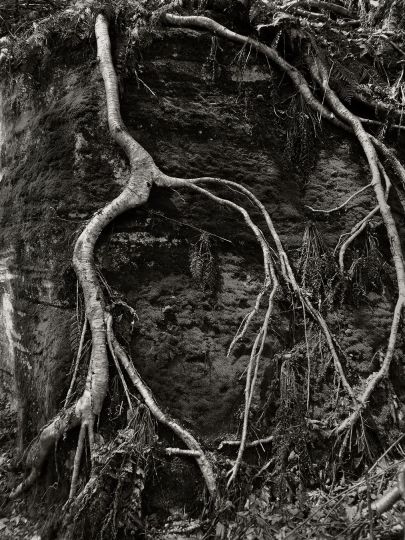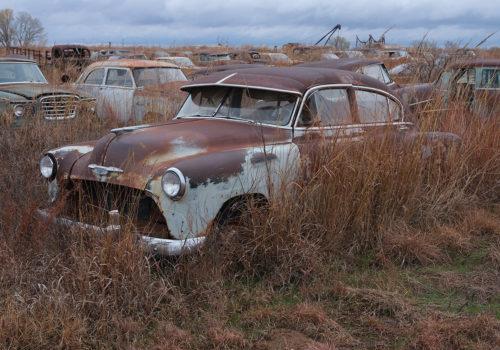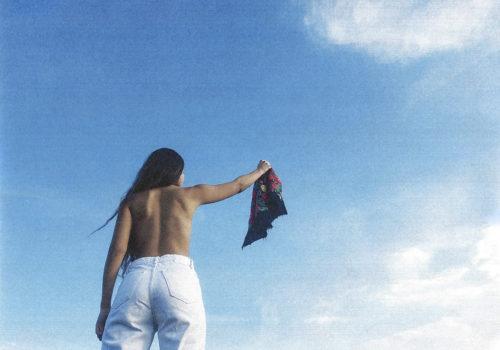Yesterday, World Press Photo has revoked the award for Giovanni Troilo‘s “Charleroi” story, today we present the complete history with article by Claire Guillot published in Le Monde, and Open Letter of Jim Colton, past Photo Editor of Newsweek.
The World Press Photo Breaks the Taboo on Staged Photography.
By recognizing the disputed work of Giovanni Troilo on the Belgian city of Charleroi, the World Press Photo has elicited unprecedented cries of protest.
Every year, the World Press Photo, which gives out the most famous prize in photojournalism, sees its share of controversy. But this time it seems serious. The Dutch foundation, which celebrated its 60th anniversary this year, angered photo world professionals on Sunday, March 1st, when it announced in a quietly published press release that the award would go to Giovanni Troilo for his work on Charleroi in the “Contemporary Issues” category. “The World Press just shot itself in the foot,” says Jean-François Leroy, director of the Visa pour l’Image festival. “They have lost all credibility.”
The series in question, The Dark Heart of Europe, has stirred controversy with its chiaroscuro and highly cinematic photographs showing the city’s poverty and social problems. The work, by Italian photographer Giovanni Troilo, found itself the target of a letter from the Socialist mayor of Charleroi, Paul Magnette, addressed to World Press Photo. He asked that the photographs be disqualified, arguing that although they present a bad image of the city, they also failed to follow the basic rules of journalism. “These excerpts are not the picture captions, they were not entered as captions to Troilo’s images, the jury has not seen them nor has World Press Photo published them anywhere. They can therefore not be regarded as falsified or misleading. The text excerpts quoted by the mayor are in no way relevant to the story entered, awarded and published online by World Press Photo.”
Following several days of discussions with Giovanni Troilo, the organization absolved him, while not denying several of the allegations made in the letter sent from Charleroi’s mayor and omitted in the original captions. That is indeed the photographer’s cousin having sex in a car. And the overweight man sitting in a gloomy house in “one of the city’s most dangerous neighborhoods” is also—although it was not indicated in the captions provided to World Press Photo—a highly colorful character, Philippe Genion, who runs a wine bar. “The conclusion of this investigation is that World Press Photo finds no grounds for doubting the photographer’s integrity in carrying out his work,” reads the press release. “No misleading facts have been uncovered in the caption information that was made available for the jury.” But the most ambiguous sentence in the document, and the one that has provoked the most response, reads, “The contest requires photojournalists do not stage pictures to show something that would otherwise have not taken place.”
What this amounts to is the authorization of staged photographs in certain cases, therefore defying one of the basic laws of photojournalism, that staging is only theoretically tolerated in portraits, when the pose is apparent and admitted. Philippe Genion, the owner of the wine bar, wrote on his Facebook page: “The photographer asked me to pose for him in my house, and asked me to take my shirt off […] Both artists were nice and didn’t hide the fact that they were staging the photo. They clearly stated that they weren’t shooting a work of reportage, but a photo series.” Troilo himself, on an Italian photo blog, said that he mixed a reconstructed scene (an orgy) with staged portraits and candid photographs. “My work is neither reportage nor an investigation. It did not compete in the ‘news’ category but in ‘contemporary issues.’ […] It’s a point of view, it’s my vision of Charleroi as a place that symbolizes the darker and hidden aspects of Europe.”
For the photographer Bruno Stevens, a former winner of the World Press, “It’s not the work itself that’s in question. But it’s in the wrong category. This is fiction, studio work. This isn’t photojournalism. By allowing this to happen, we’re changing the paradigm.” Photographer Thomas Vanden Driessche, who was the first to sound the alarm, say that he is, “shocked on behalf of everyone who doesn’t stage photographs or play fast and loose with the captions. We know that the World Press uses software to detect doctored photographs. Why not verify the content as well?” The organization says that is investigates every photograph that reaches the final selection.
Read the full article on the French version of L’Oeil.

